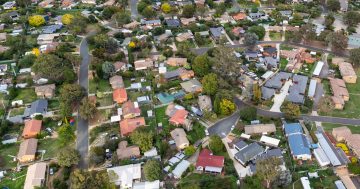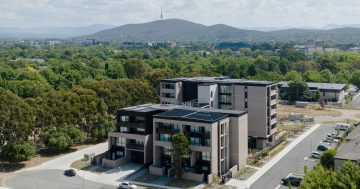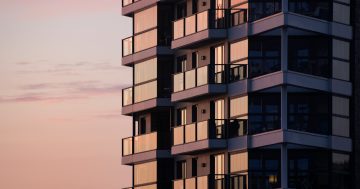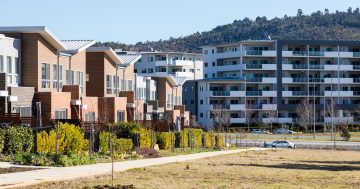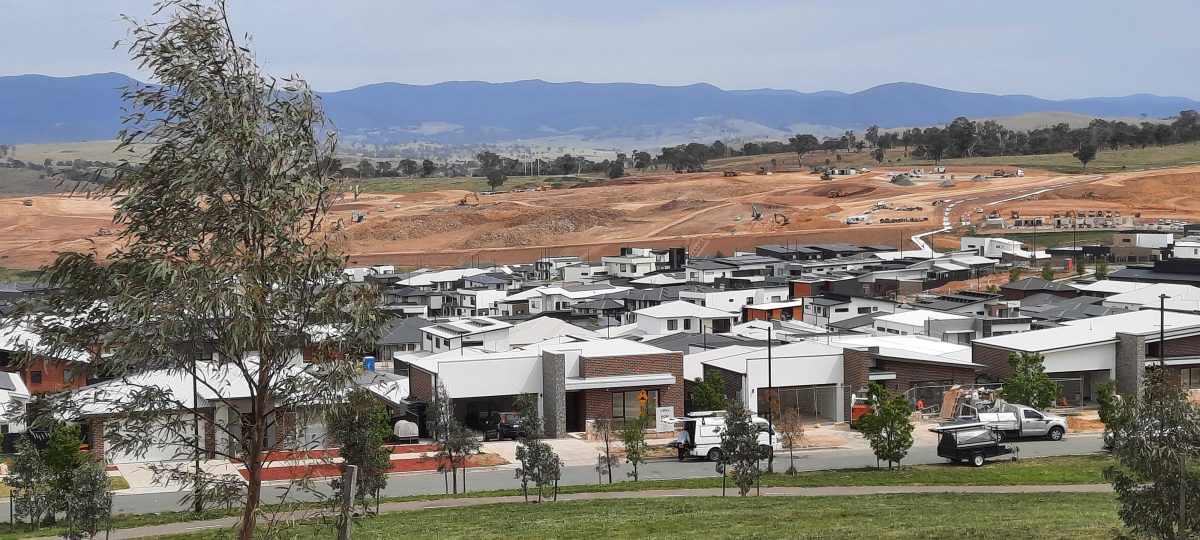
More sprawl? The Coalition will focus on greenfield, detached housing on city limits. Photo: Ian Bushnell.
The Coalition’s $5 billion housing policy pitched at aspirational suburban voters is pure politics.
It aims to provide the money for essential services in greenfield estates to ease the way for new housing. It responds to what councils and the property industry have been calling for but ignores the reality of the market and where the real need is.
It may deliver marginally cheaper homes, but they will still be beyond the reach of most pockets and in outer fringes, a long way from workplaces and where people want to live.
Sure, those who can take on huge mortgages for a traditional house and land package will, and they’ll cop long commutes and years of threadbare services such as public transport and schools.
The $5 billion will see water, sewerage, electricity and roads connected, but there will be a long wait for the rest as states grapple with the full financial consequences of more sprawl. The result will be isolated communities far from the attractions of whatever city they cling to.
It’s also probable that developers and councils would do this work anyway.
The Coalition says it wants to maintain the dream of home ownership, which is a bit rich considering it is responsible for decades of bad policy settings that have contributed to one of the most overpriced housing markets in the world and the current housing crisis. The affordability horse bolted long ago.
It wants a fight with Labor over housing come the election, so it will focus on detached homes for families in new suburbs as opposed to medium and high-density housing close to transport and jobs in established areas.
Sound familiar?
Can’t we have both? Of course, but with the median price of detached homes in Sydney $1.4 million and not too far short of a million in Melbourne and Brisbane, will the Coalition’s focus on greenfield satisfy the biggest area of need in the market?
Just who is going to be able to afford to buy these homes? If asked, everybody says they prefer a house and land, but the reality is townhouses and apartments are cheaper and a much more viable prospect for first-home buyers.
There is a reason why Labor is focusing on social and public housing that will be within the reach of people who are locked out of the market and paying exorbitant rents.
That is where people are being most impoverished.
All supply is good and, if delivered in sufficient quantity, will ease price pressures, but the real crisis is not with buyers who can save a 20 per cent deposit and borrow $800,000.
And it’s not as if the Coalition’s idea is an original one, with Labor saying it mimics its own $1.5 billion infrastructure fund.
An aspect of the Coalition policy that is regressive is its proposal for a 10-year freeze on changes to the National Construction Code (NCC) to reduce unnecessary “red tape.”
This includes things to do with safety, amenity and energy efficiency. The Coalition claims upgrading from six to seven-star EERs can cost $60,000, which was quickly debunked by Australian Building Codes Board chair Gary Rake, who said it was more like a few thousand.
The property industry welcomed the freeze initially but quickly backpedalled, probably fearing a backlash from consumers over building quality.
Unfortunately, there is also a bit of climate politics in this one.
Any pause on changes that will make Australian homes warmer in winter, cooler in summer and less power-hungry will only shift costs to another generation of occupants and only add more housing stock that isn’t fit for purpose.
It is a pity there cannot be a more integrated approach to housing that is not tilted towards the parties’ political goals.
And you can build as many homes as you like but without changing the policy settings – yes, that includes negative gearing and capital gains tax discounts – that helped commodify housing and get us to this point, prices won’t shift enough for the great Australian dream not to be a mirage for many of us.













